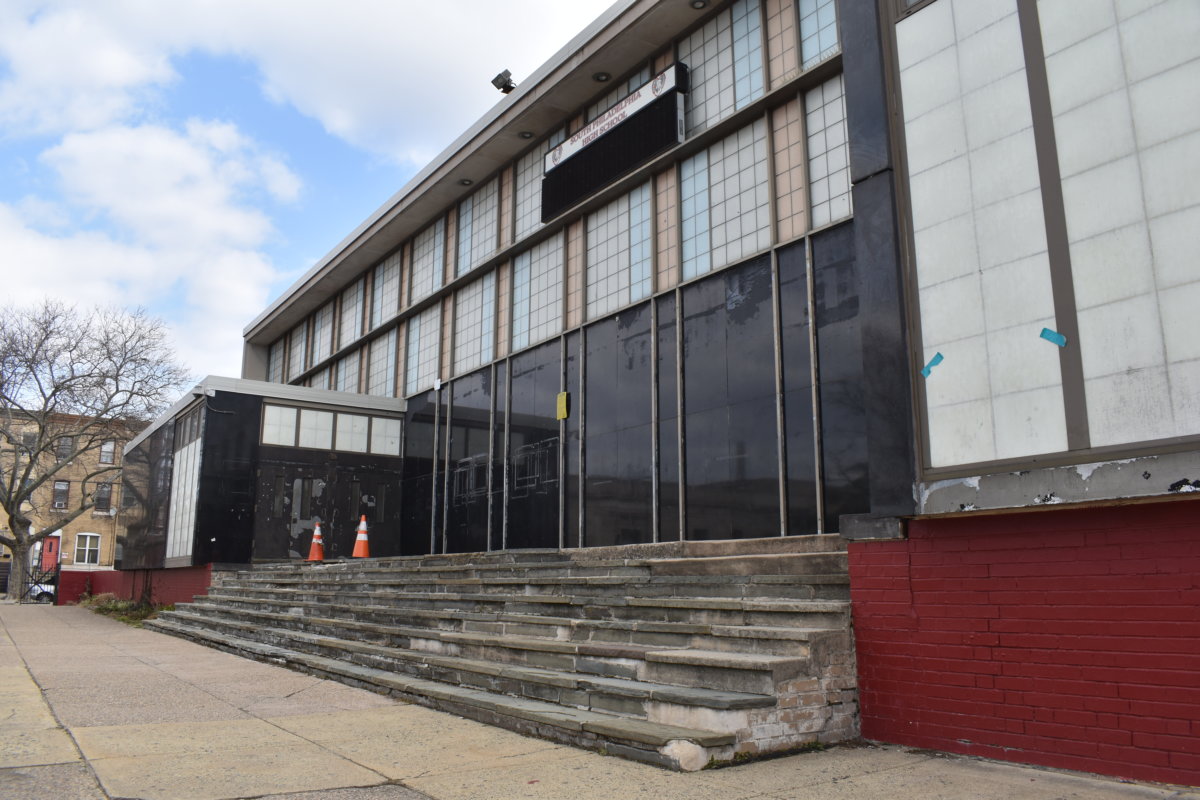UPDATE: Coast Guard records show two prior investigations into the Seastreak Wall Street for crashes, from August 2009 and January 2010.
In 2009, the starboard bow of the vessel made contact with the ferry dock at East 35th Street, resulting in a two to three foot tear six or seven feet above the waterline.
In 2010, there was “a hole punched through the skin of the ship well above the waterline” after hitting “a cluster of fender piles” at the dock. The names of the people involved in those incidents were redacted from the publicly available records.
The police would not confirm reports that the ferry’s crew passed breathalyzer tests after today’s incident.
Metro’s original story is below.
At 8:43 a.m. Wednesday morning police officers and fire fighters responded to reports of a ferry crash at the Pier 11 Seastreak ferry terminal near South Street Seaport.
The FDNY and NYPD reported 57 injuries found on the scene, though the U.S. Coast Guard reported 58. Initial reports indicated two critical injuries, one of which was brought to Weill Cornell Hospital on the upper east side, the other to nearby New York Downtown Hospital. New York Downtown Hospital downgraded that patient to stable after examination.
Other than the two critically injured victims, the FDNY said they encountered a mix of serious and minor injuries, but none were life-threatening.
The high-speed commuter ferry was operated by a company called Seastreak, and the vessel was called Wall Street, according U.S. Coast Guard spokesman Charles Rowe. It had departed from Highlands, New Jersey.
Rowe said the Coast Guard is conducting an investigation into the circumstances of the collision already, and is being joined by the National Transportation Safety Board.
Rowe reported 326 passengers on board, as well as five crew members. The most visible damage was to the starboard bow (the front of the ferry, on the right side), three feet above the waterline.
The vessel is about 130 feet long, and weighs 98 gross tons. There were no injuries on the dock, only on the ferry, and no one was thrown or fell into the water.
Rowe said the last truly comparable ferry accident occurred in 2010, when the Staten Island ferry crashed into the St. George Terminal on Staten Island, resulting in multiple injuries. He noted that the Staten Island ferry is a different and much larger vessel.
As of 2 p.m. New York Downtown Hospital had 24 patients being treated, but had already released several.
One man, dressed in a suit with a loosened tie, exited the hospital with scrapes on his left temple and appeared dazed.
Tony Lucia was on his way to work from his home in Allenhurst, New Jersey. He was seated on the first level by the window, in the third row from the back. Lucia said the ferry was going very fast, and he and the other passengers felt no change in speed to indicate that it was docking.
When the ferry made impact with the dock, he was thrown 20 feet.
“Everyone flew, and people were on the ground,” Lucia recounted outside New York Downtown Hospital. “We didn’t know what had happened, you couldn’t tell. We just hit something and it was a disaster.”
(Photos via Reuters)






















